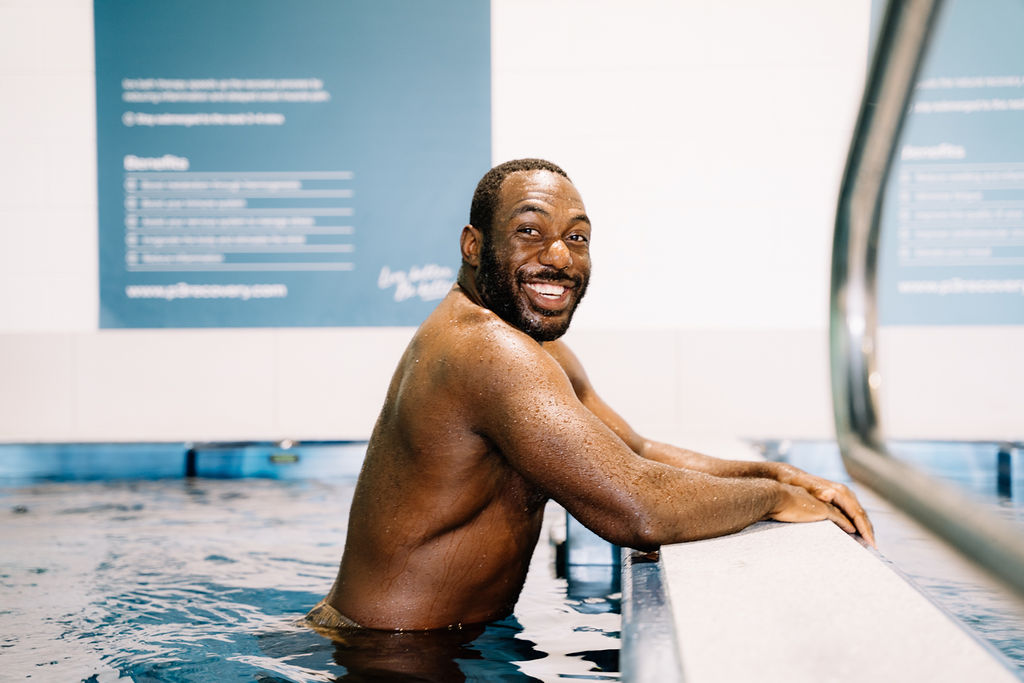Contrast Therapy is a series of immersions in water, alternating between cold and warm water, which produce rapid changes in your circulatory system.
When you submerge part or all of your body in cold water, small blood vessels called capillaries respond to the cold by getting smaller. This is known as vasoconstriction. When you immerse yourself in warm water, the opposite happens. Your blood vessels open up. This is known as vasodilation. Different water temperatures cause changes in your heart beat – cold water causes your heart rate to speed up, while hot water slows it down.
So, how do these circulatory changes help you?
When you rapidly alternate between hot-water and cold-water immersions, your blood vessels open and close in a pulsing, pump-like motion, assisting to move built up lactic acid and waste – effectively flushing your system.
Reported benefits include:
- Improved blood circulation
- Reduced inflammation and muscle soreness
- Reduced stress and anxiety
- Improved sleep quality
- Improved mental clarity and focus
At P3, our Wet Therapy Zone includes an ice bath(5-8°C), a warm hydrotherapy pool(28-34°C), a cold immersion plunge pool(13-15°C) and a hot contrast plunge pool(35-40°C) – all of which have beneficial doses of magnesium too.
